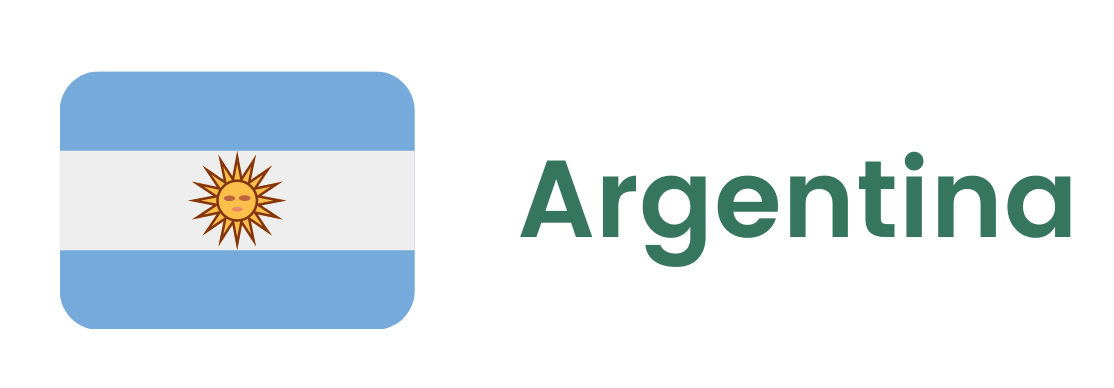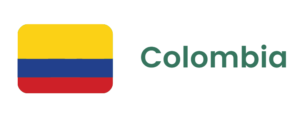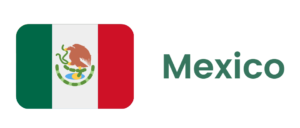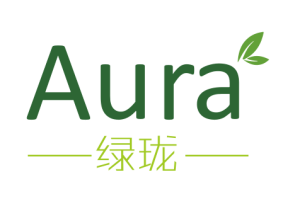Argentina signed a US$ 20 billion currency swap agreement with the US

Argentina signed a US$ 20 billion currency swap agreement with the US to strengthen reserves and stabilize the currency. The US Treasury classified the pact as an “economic stabilization” measure and Donald Trump suggested importing Argentine beef to contain domestic prices, drawing criticism from cattle ranchers. Following the announcement, Argentine dollar-denominated bonds increased in value, indicating more confidence in the market. (Central Bank of Argentina; US’ Treasury Department)
Wheat and barley are progressing well, with 89.9% and 90% of areas, respectively, classified as good to excellent, with projections above historical averages and barley production expected to reach 5.3 million tonnes. The 2025 season continues to perform better than in recent years. (Buenos Aires Grain Exchange)
Historic record in the peanut sector. From January to August of 2025, Argentina exported 539 thousand tonnes of peanuts, generating US$ 774 million, a 34% increase in volume and 16% in value compared with the same period in 2024. The 2024/25 harvest reached 1.8 million tonnes, with 533 thousand hectares planted, which is the highest level in seven years. Growth was driven by peanut oil (+71% in volume) and expansion to more than 50 destinations, including renewed sales to Serbia, Egypt and Vietnam. (Ministry of Economy)

Sugar production in Brazil’s Center-South region may rise 4% in the 2026/27 season, reaching 43.2 million tonnes. The increase would be driven by a recovery in cane crushing to 625 million tonnes and a 52% allocation mix to sugar. Corn ethanol output is expected to grow up to 3.5 billion liters, while total ethanol production declines due to higher preference for sugar production. (Datagro)
New research by Quiddity and Bayer shows that 93% of women in agribusiness recognize their influence, but still do not view themselves as leaders. The research highlights progress in sustainability and innovation, with 76% prioritizing sustainable practices and 80% using bioinputs. Empowerment and training remain key challenges to expanding female leadership in agriculture. (Quiddity; Bayer)
The Organization of Sugarcane Farmers’ Associations of Brazil has proposed creating a tradable ATR (Total Recoverable Sugars) index to improve transparency and predictability in sugarcane pricing. According to chairman Gustavo Rattes de Castro, the measure could reduce information asymmetry between growers and mills and strengthen governance in Brazil’s sugar-ethanol sector. (Orplana)
Prices of vegetables decreased in September. Lettuce saw the sharpest drop (-16.01%), followed by onion (-14.8%) and potato (-10.4%), due to abundant supply. Meanwhile, fruits such as banana, orange, apple and papaya rose in price, with papaya leading the increase (+12.72%). (Conab)
Global cocoa market shows signs of recovery, with a surplus estimated at 287 thousand tonnes in 2025/26, according to StoneX. The improvement is driven by more favorable harvests outside Africa and lower industrial demand. Brazil is expected to harvest 215 thousand tonnes, supported by regular rainfall and expansion in the State of Pará, while Ghana and Côte d’Ivoire continue to face climate irregularities. (StoneX)
Agribusiness exports from the State of Minas Gerais reached US$ 14.5 billion between January and September 2025, a 12.8% increase compared to the same period in 2024, leading national growth. Coffee accounted for over half of the revenue, with US$ 7.77 billion and a 48% rise in sales, followed by soy, sugar-energy, meat and forest products. The State exported 13 million tonnes to 175 countries, mainly to China, the USA and Germany. (Seapa)
A report by Coffee Watch states that deforestation linked to coffee farming in Brazil reached 737 thousand hectares from 2002 to 2023, including 312.8 thousand hectares directly cleared for coffee farming. The organization warns that forest loss threatens rainfall patterns and crop yields. However, the Brazilian Coffee Exporters Council disputed the findings, citing a study by the Federal University of the State of Minas Gerais showing that 99% of 115 thousand registered coffee farms recorded no significant deforestation since 2008. (Coffee Watch; Cecafé; Federal University of Minas Gerais)
Belagrícola suspended payments to creditors and grain contracts for 60 days following a court decision allowing financial restructuring. With a 39% drop in revenue for the 2023/24 season and losses exceeding US$ 74 million, the company cites crop failures, high interest rates and record default rates as the main causes. (Pine Agronegócios)


14,611 tonnes of Hass avocado were exported in September of 2025, reaching 147 thousand in 2025, an increase of 32.9% and 46.6% respectively from 2024. Colombia will host the seventh edition of “Territorio Aguacate” in Medellín on November 5th and 6th, organized by Corpohass and Agrilink, featuring visits to farms and packing plants, as well as a technical and commercial program focused on the Hass avocado value chain. (Sicex; Corpohass)
Colombia imported 6.38 million tonnes of grains in the 1H2025, according to the National Federation of Cereal, Legume, and Soybean Growers – Fenalce. Cereals accounted for 75% of the total (4.79 million tonnes), followed by soybeans (1.47 million tonnes) and legumes (111.6 thousand tonnes). Yellow corn led with 3.44 million tonnes, followed by wheat (998 thousand tonnes). The country is expected to end 2025 with imports similar to 2024, maintaining high external dependence. Fenalce warned about the lack of public policies to foster competitiveness and food sovereignty. (Fenalce)

Latin America accounts for over 60% of global avocado production and 62% of exports, with Mexico remaining the world’s leading producer. In 2025, exports are expected to exceed US$ 4 billion, totaling around 1.34 million metric tonnes. Avocado remains Mexico’s top fruit export, driving a 27.4% year-on-year increase in fruit exports through August of 2025. Despite strong international demand, high domestic prices limit access to avocados for much of the Mexican population. (Secretaría de Economía; Inegi; USDA)
Mexico’s agribusiness faces a mixed scenario of strong export momentum and slower production. Despite overall GDP growth, primary production slowed in the 2Q25, influenced by seasonal factors such as the end of the previous agricultural season. Still, compared with 2024, the sector maintained annual growth, driven by high-value export crops such as coffee and avocado, whose foreign sales increased sharply, partly offsetting declines in other products like cattle and fresh vegetables. In parallel, the International Monetary Fund raised Mexico’s growth forecast for 2025, signaling confidence in the country’s gradual economic recovery. (IMF; Government of Mexico)


Corn exports from the 2025 harvest tripled from June to September, when compared to the same period of the last season, reaching 1.7 million tonnes. The 245% increase was driven by higher production and strong external demand. Brazil remains the main buyer, purchasing 45% of exports, followed by new markets such as Peru, Bolivia and the Middle East. (Capeco)

Peru, Chile and Mexico created the Global Grape Group to address stagnant consumption and a 41% increase in grape supply over the past eight years. The first campaign, which was called “Have a Grape Day” and was aimed at the US market, invested US$ 600,000, reached over US$ 10 million in sales and increased consumption by 1.4 kg per capita. By 2025/26, investment should rise to US$ 3 million, with a target of US$ 250 million in extra sales and 21 million new consumers. (Provid Perú; Frutas de Chile; Mexico Table Grapes)
![]()
China returned a container of Uruguayan beef due to drug residues. The president of the National Meat Institute, Gastón Scayola, warned of the reputational risk. He pointed out that this was an isolated case and that international demand remains strong, but there is a shortage of cattle. (INAC)
Minister Alfredo Fratti met with the rice sector to discuss falling prices, energy costs and logistics. Seventy percent of the previous record harvest has already been sold and 80% of planting for the new crop is complete. The sector requested a review of electricity tariffs and logistical improvements. The revision of the trade protocol with Mexico was also discussed. (MGAP; ACA)
Uruguay views the trade agreement between Mercosur and the European Union as a strategic opportunity to raise the level of development and regional integration. Foreign Minister Mario Lubetkin stated during the World in Progress forum in Barcelona that the country is ready to sign the treaty “as soon as the EU sets the date,” describing the pact as a “leap in quality” for both regions over the next two decades. He emphasized Uruguay’s democratic stability and credibility within Mercosur. However, there is no official confirmation that the signing will occur by the end of 2025. (Ministry of Foreign Affairs; European Commission; EFTA-Mercosur)

READ MORE:

